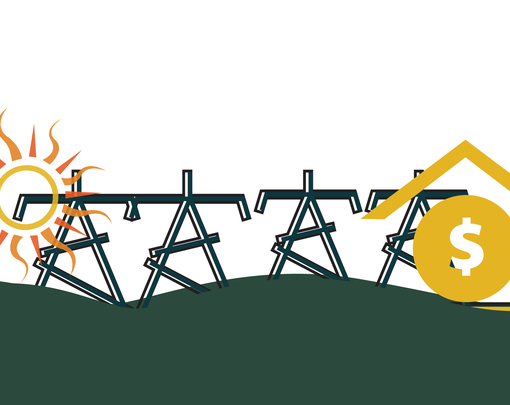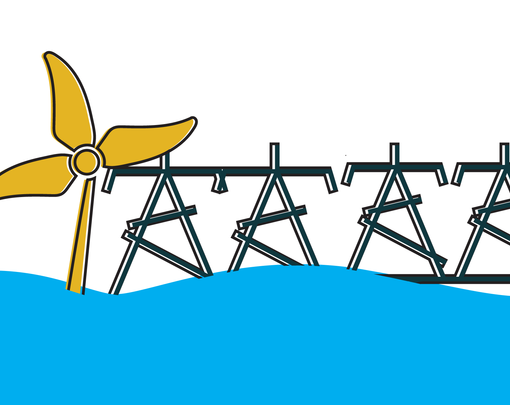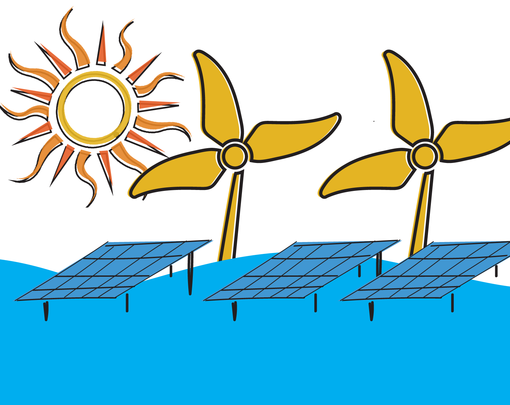According to the U.S. Department of Energy, a CCA is a “state policy that enables local governments to aggregate electricity demand within their jurisdictions in order to procure alternative energy supplies while maintaining the existing electricity provider for transmission and distribution services.”
Policy Support:
State regulatory context determines whether or not CCA is possible, and whether the local community can use its aggregated purchasing power to finance the construction of local renewable power sources.
Build Capacity?
Yes. by assuming control over power purchasing, local communities can vastly increase democratic oversight and involvement in the green transition, while avoiding the costs of a full muncipalization in which the physical transmission assets have to be purchased.
Risk & Drawbacks?
Possible drawbacks include: Higher rates, additional municipal administrative costs, and local resident objections—especially if the CCA is, like most, opt-out rather than opt-in.
Inspiring Examples:
CCAs are possible in California, New York, Massachusetts, Ohio, New Jersey, Rhode Island, and Illinois. The recent launch of a San Francisco CCA, with a corresponding shift towards green power demand, helped close the Diablo Canyon nuclear plant by reducing demand for dangerous power.
























